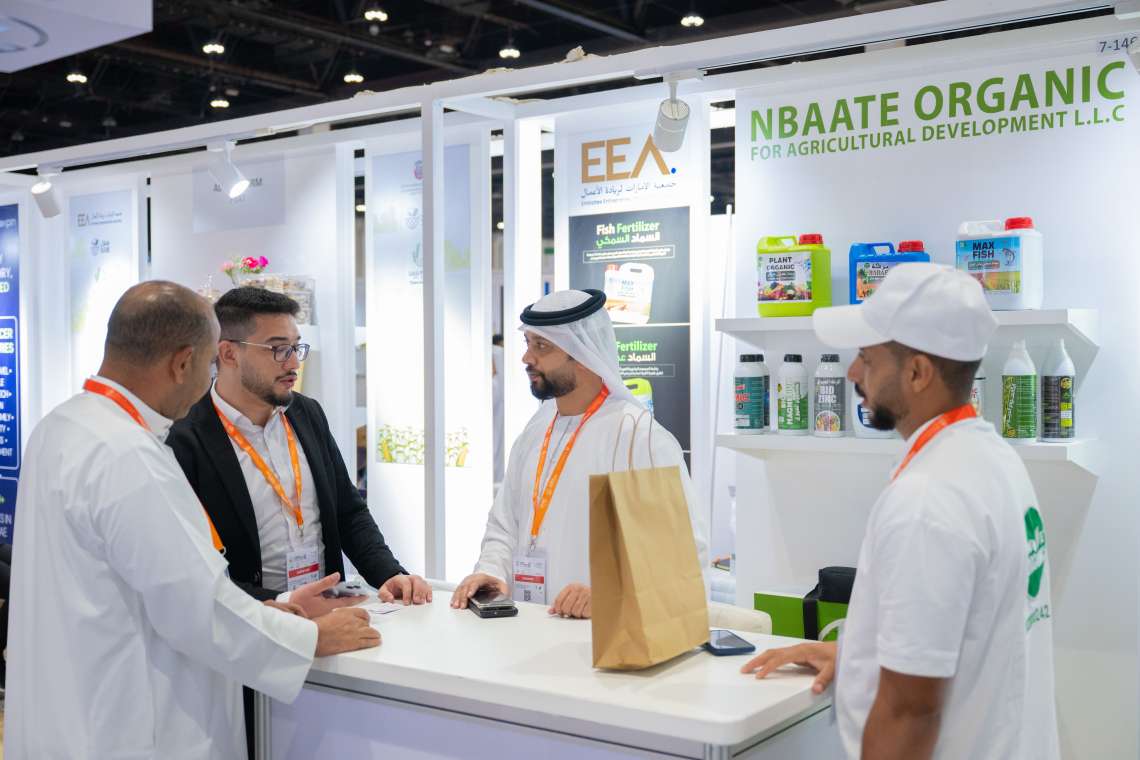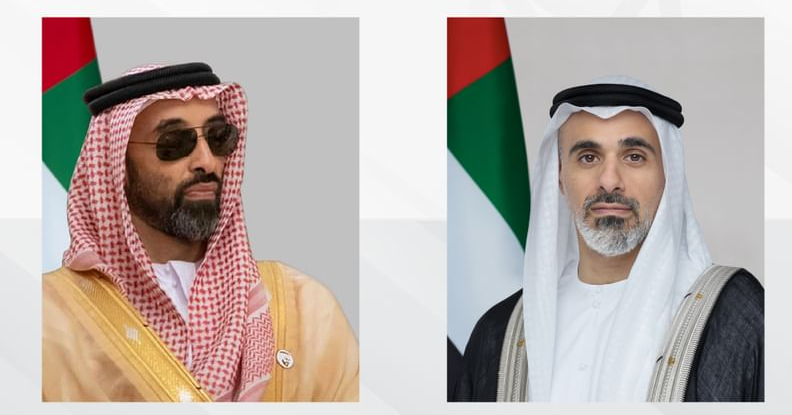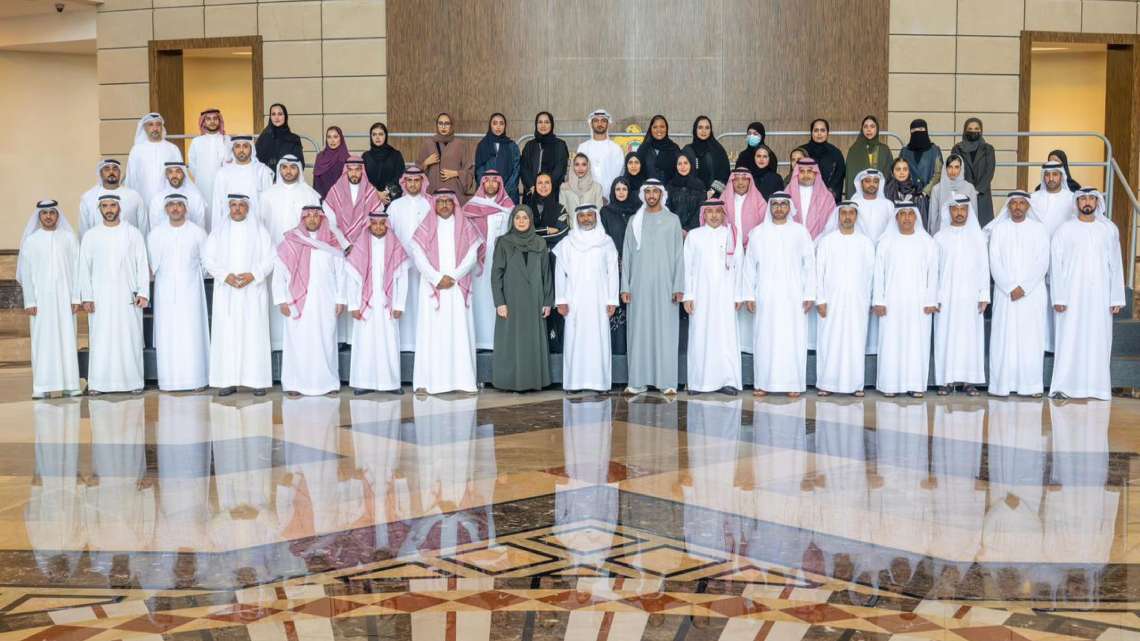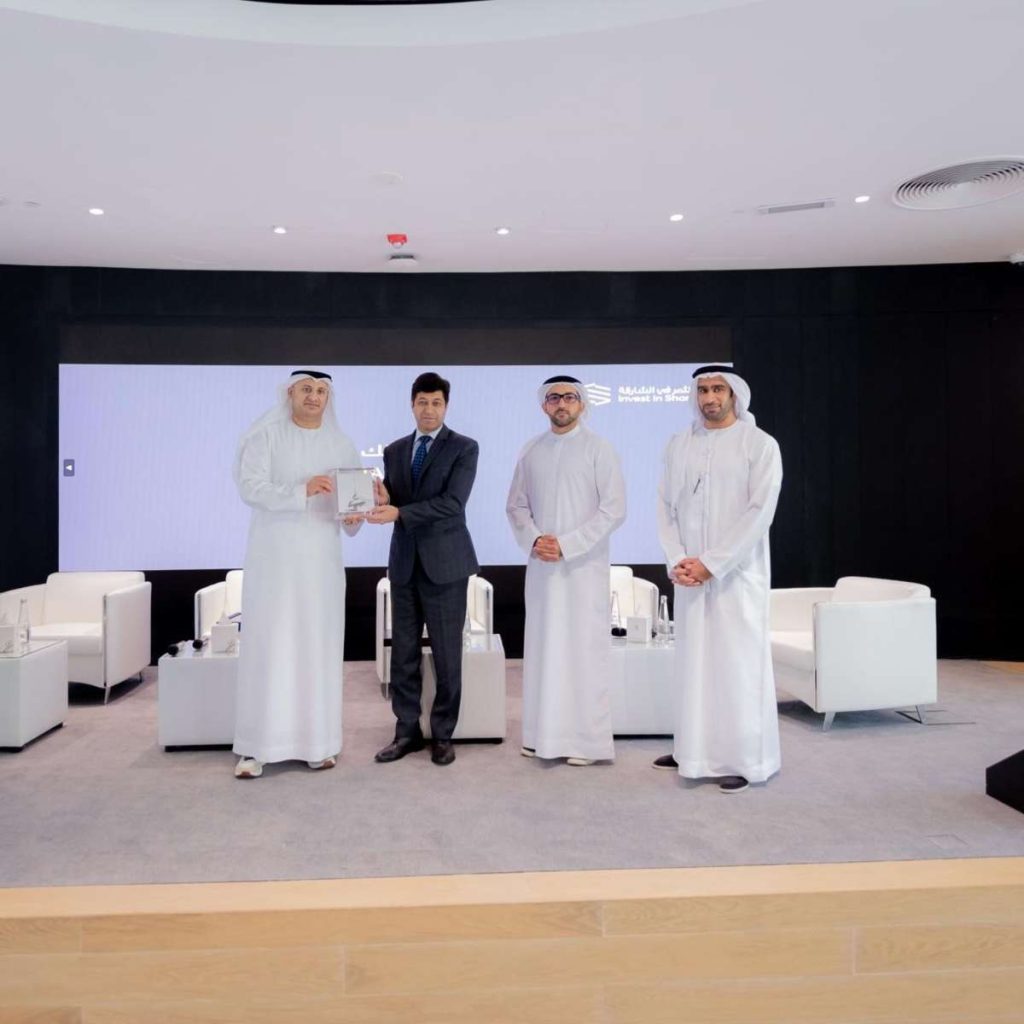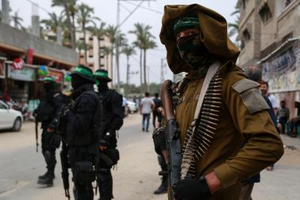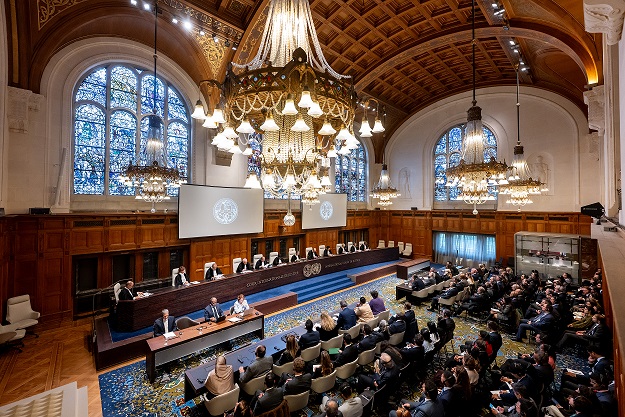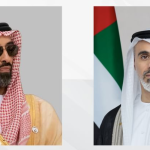Bodour Al Qasimi Inaugurates Exhibition at 1971 – Design Space, Showcasing the Creative Process Behind 10 Tanweer Festival Art Commissions. The exhibition titled “Prototypes for Permanence. Tanweer Festival Art Commissions Off-Site” runs from November 20, 2024 until April 3, 2025, featuring prototypes of 10 renowned artists and designers
Sheikha Bodour Al Qasimi, Founder and Visionary of Tanweer Festival, inaugurated an exhibition at 1971 – Design Space titled “Prototypes for Permanence: Tanweer Festival Art Commissions Off-Site.”
The exhibition, held in the lead-up to the highly anticipated Tanweer Festival, offers an inspired exploration of creativity, interconnection, and expression. Officially inaugurated today, and running until 3 April, 2025, the exhibition unveils the intricate creative processes behind the 10 art installations that will be on display at the festival, providing an immersive journey into the conception, development, and realisation of thought-provoking large-scale artworks designed to endure the awe-inspiring and rugged landscape of the Mleiha Desert.

Highlighting the prolific works of 10 renowned artists, and enriched by an extensive programme of curator-led tours, artist talks, workshops, and social events throughout the 5-month exhibition, “Prototypes for Permanence” extends the dialogue on creativity, resilience, and human connection far beyond the artworks themselves.
The Tanweer Festival 2024, themed “Timeless Echoes of Love and Light,” will take place on 22, 23 and 24 of November, 2024, within the stunning and historical setting of the Mleiha Desert. This year’s festival draws inspiration from the teachings of the prolific poet Jalal ad-Din Rumi, and will feature some of the world’s greatest performers, artists and poets, celebrating creativity, unity, and the connection between art, nature, and the human spirit.
The concept of “Prototypes for Permanence” transcends the traditional boundaries of an art exhibition, serving as a comprehensive narrative of artistic endeavour, documenting the nuanced processes of creation. It affords viewers the rare opportunity to witness the genesis of the Tanweer Festival’s sculptures and installations, moving from initial conceptual sketches to intricately developed prototypes. Through a curated presentation of detailed drawings, conceptual models, material experiments, and in-depth artist interviews, the exhibition reveals every stage of the creative evolution — an intimate portrayal of how these works materialise, echoing the words of the 12th-century poet Rumi, as “the way appeared.”

A defining element of the exhibition at ‘1971 – Design Space’ is its meticulous recreation of Mleiha’s iconic rust-hued sand dunes. Visitors are invited to traverse a winding pathway that evokes a journey through the desert itself, providing an immersive and visceral experience. This pathway situates the prototypes within a space reflective of Mleiha’s expansive setting, inviting viewers to engage contemplatively with themes of wisdom, aesthetic beauty, and the human bond with nature. The installations range from evocative visual interpretations of Rumi’s teachings to works inspired by the natural and archaeological grandeur of the desert, offering a diversity of artistic perspectives, and underscoring the symbiotic relationship between creative expression and environmental resonance.


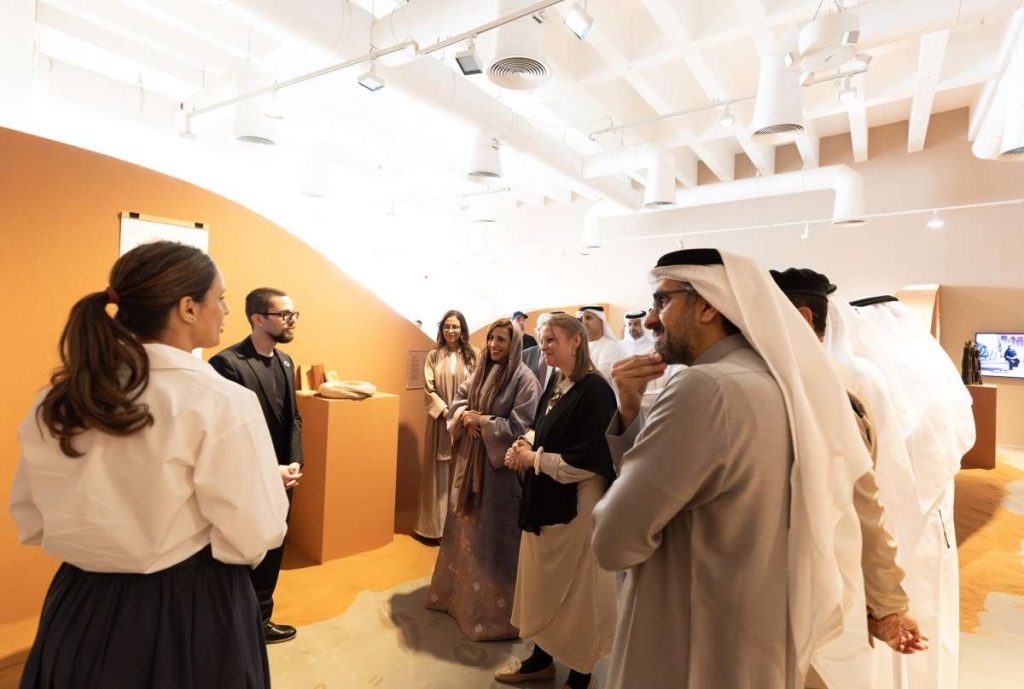
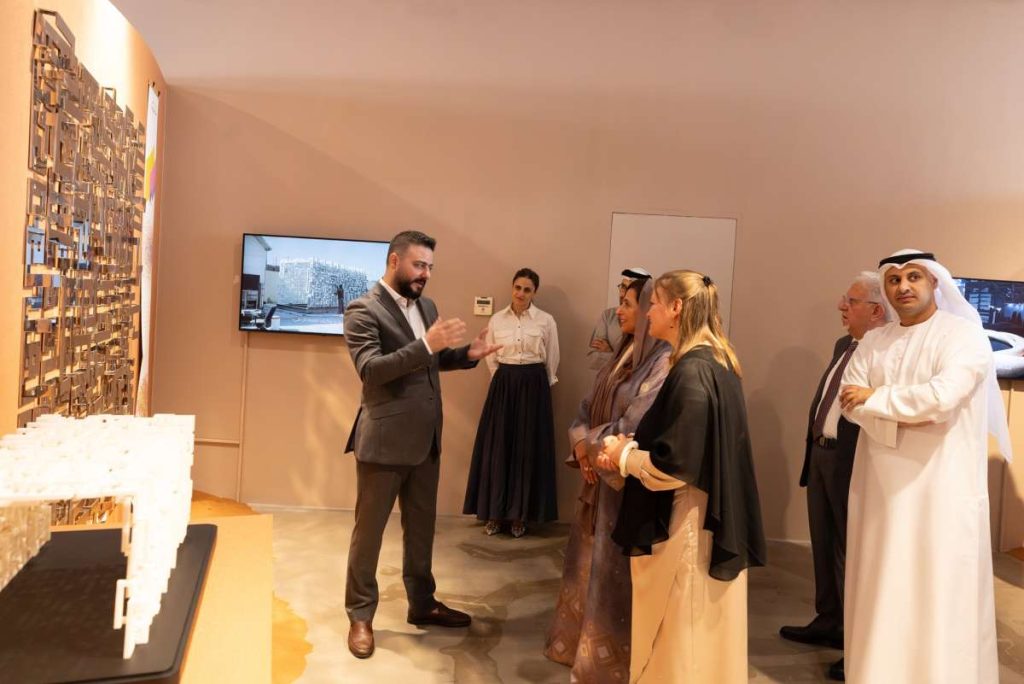
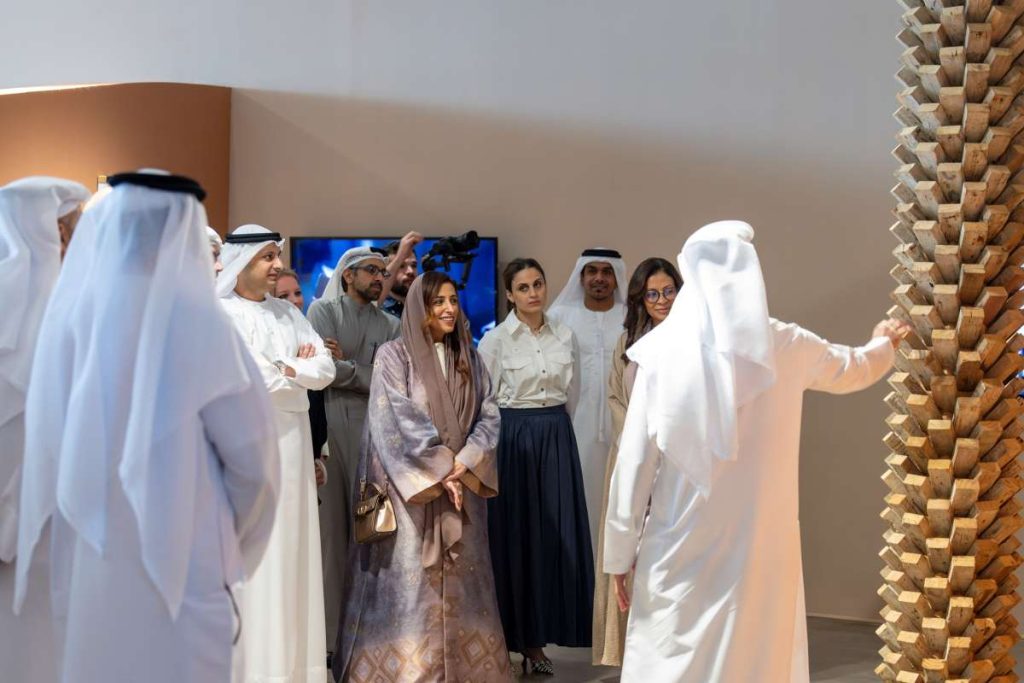


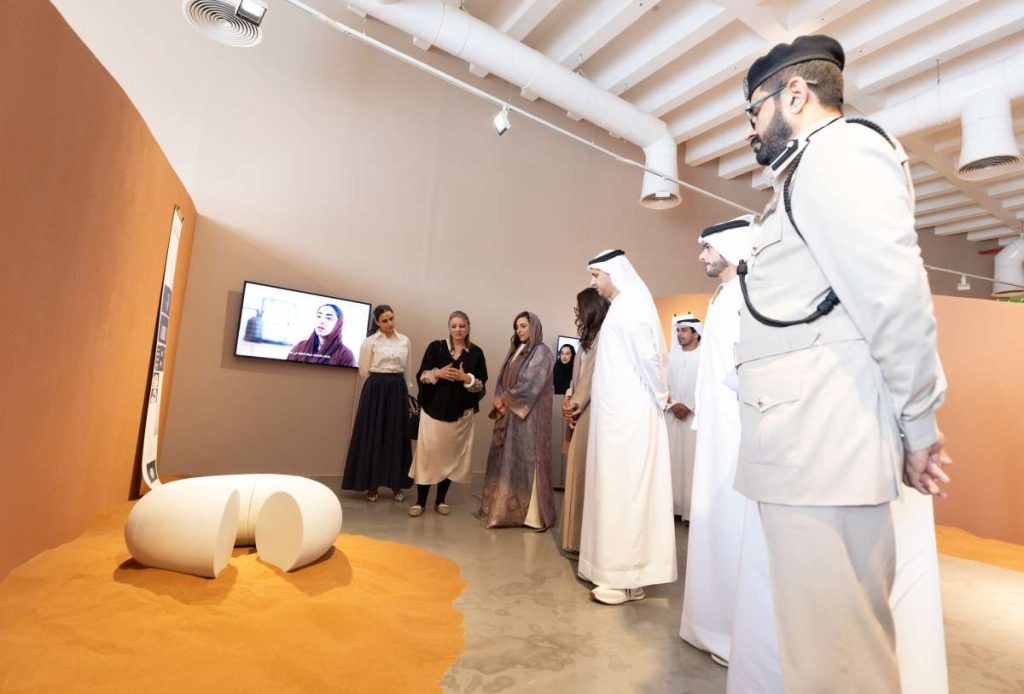
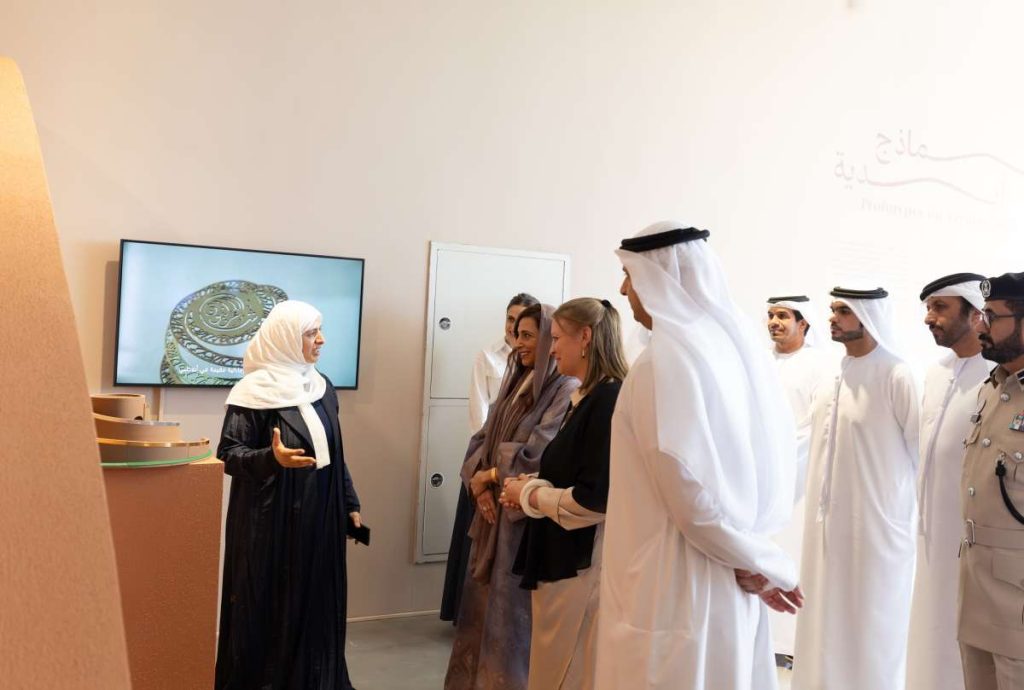
Each featured artist presents a unique contribution to the festival and an example of creative brilliance. From Karim + Elias’ “The Desert Relics”, which contemplates historical resonance, to Azza Al Qubaisi’s journey of thought through “Rumi’s Path”, and Khalid Shafar’s interactive “Palm Oasis”, each installation provides an individualised interpretation of the festival’s overarching theme.
Patricia Millns’ “star circle” and Zeinab Alhashemi’s “Toroid” explore the connection between celestial phenomena and terrestrial forms, Nedaa Elias’ “The Gate of Wisdom” engages viewers in a visual meditation on self-reflection and enlightenment in the context of Rumi’s poetry, while Rabab Tantawy’s “The Guardians” brings an element of cultural guardianship and protection, enriching the concept of resilience.
The exhibition is further enriched by loaned works such as Ahmad Kattan’s “La Mutanah: An Infinite Majlis”, Raghad Al Ahmad’s “The Night of Power”, and Omar Al Gurg’s “Nu”, each contributing layers of shared cultural and introspective expression.
ALSO READ: Mariam Almheiri, Bill Gates review project progress


